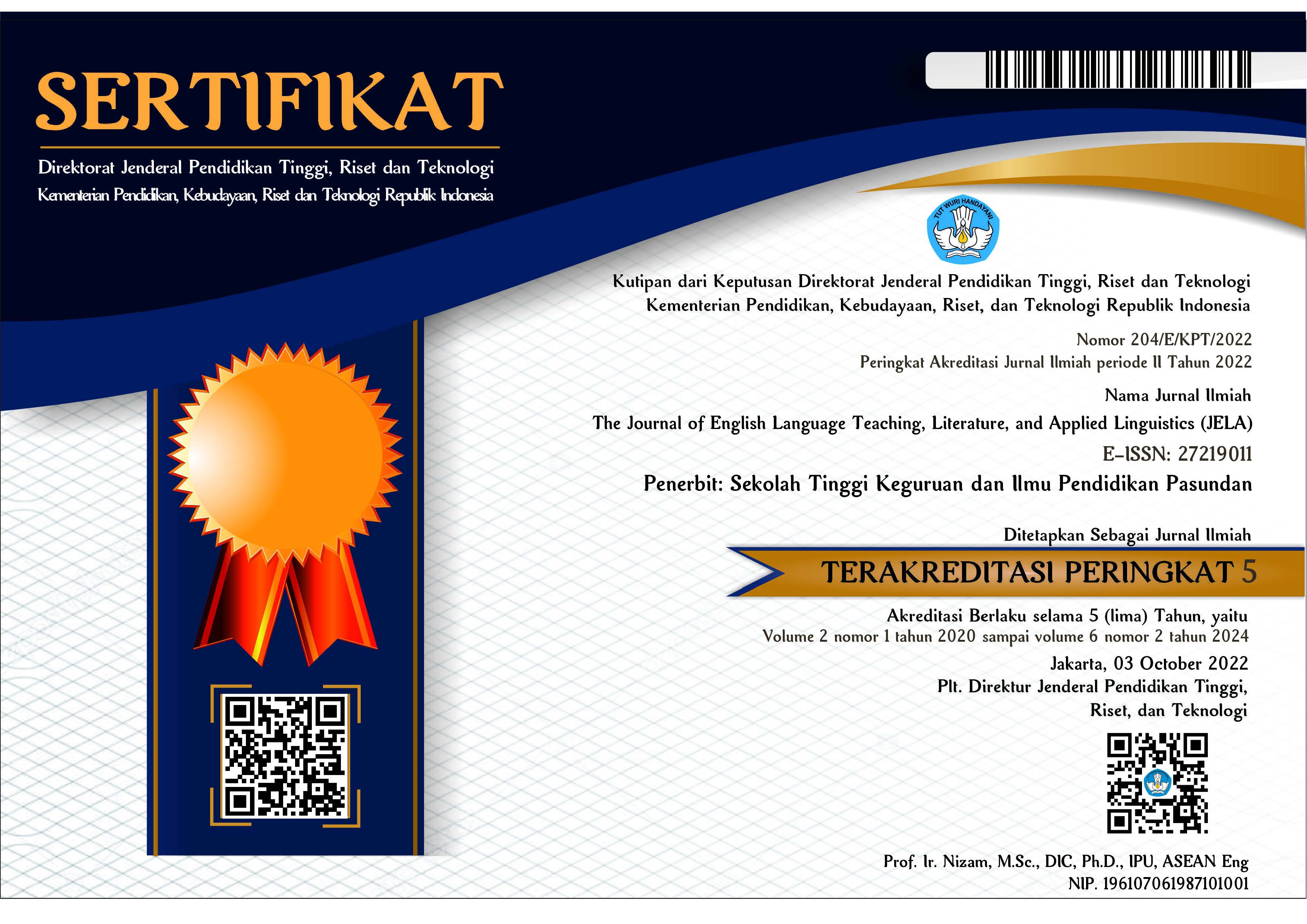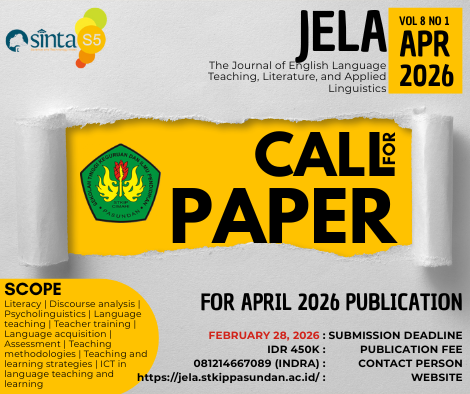THE ROLE OF STORYTELLING IN CULTURAL IDENTITY PRESERVATION IN NATHANIEL HAWTHORNE’S “YOUNG GOODMAN BROWN”
DOI:
https://doi.org/10.37742/jela.v7i1.142Keywords:
Storytelling; Cultural Identity; Narrative Reflection; Puritanism; Moral Ambiguity.Abstract
This study examines the role of storytelling in preserving cultural identity, using Nathaniel Hawthorne’s "Young Goodman Brown" as a case study. It analyses how the narrative reflects and critiques the moral and cultural identity of 17th-century Puritan New England. By exploring the story’s structure, character development, and symbolic elements, the research reveals how Hawthorne conveys complex themes of morality, identity, and societal norms. The story follows the protagonist’s journey through a dark forest, which serves as a metaphor for his internal struggle and disillusionment with Puritan values. This journey uncovers contradictions within the Puritan community, illustrating how rigid cultural identities can lead to personal crises and broader societal reflections.
Hawthorne’s exploration of sin, guilt, and hypocrisy highlights the psychological and cultural tensions within Puritanism. By analysing these narrative techniques, the study demonstrates how literature can act as a tool for cultural reflection, influencing societal values and personal identities. The findings suggest that storytelling plays a crucial role in negotiating cultural identity, offering insights into both personal and societal conflicts. This research also opens avenues for future comparative studies on how narratives across different cultures address universal themes of morality, identity, and existential challenges, ensuring a focus on human elements










